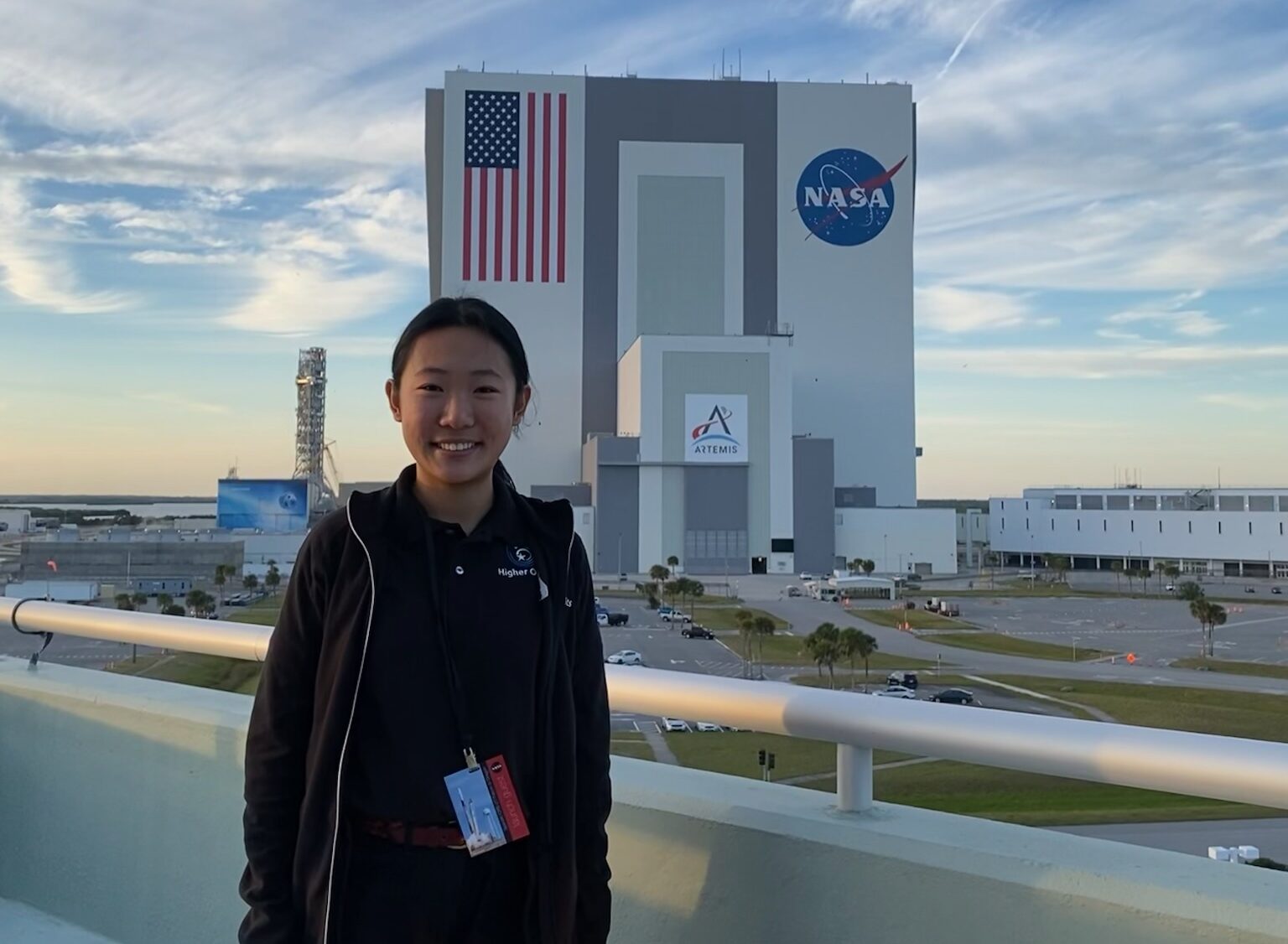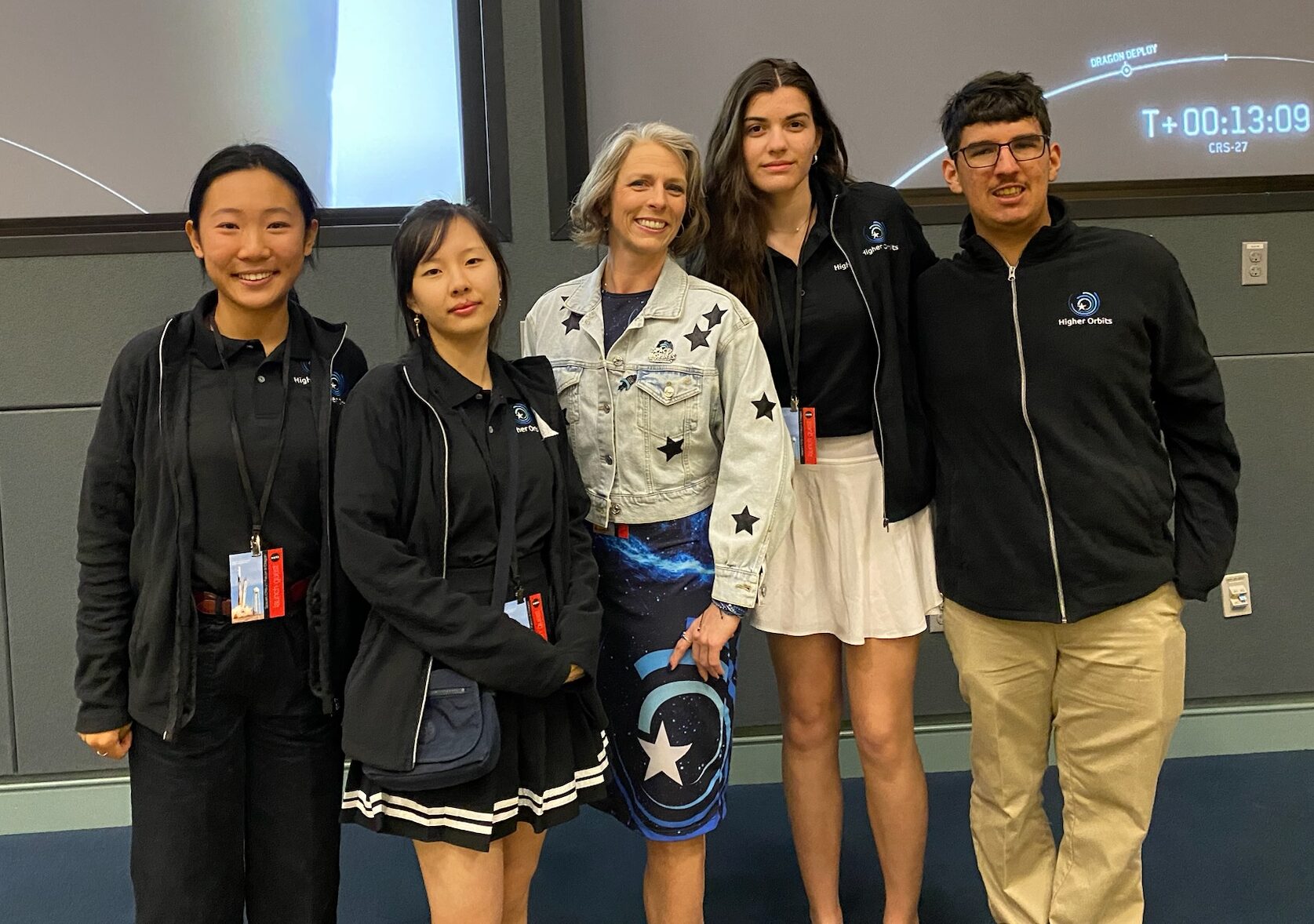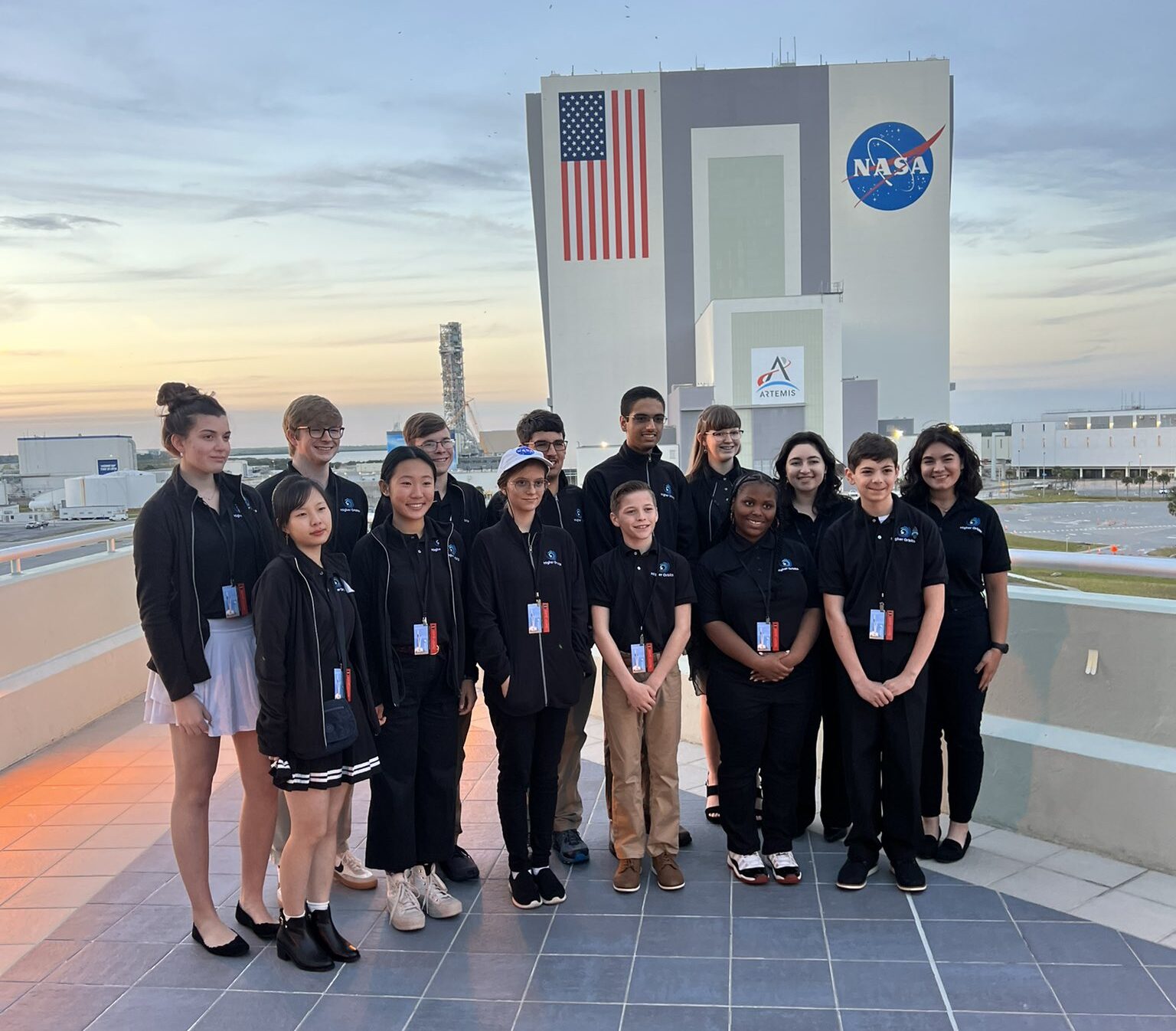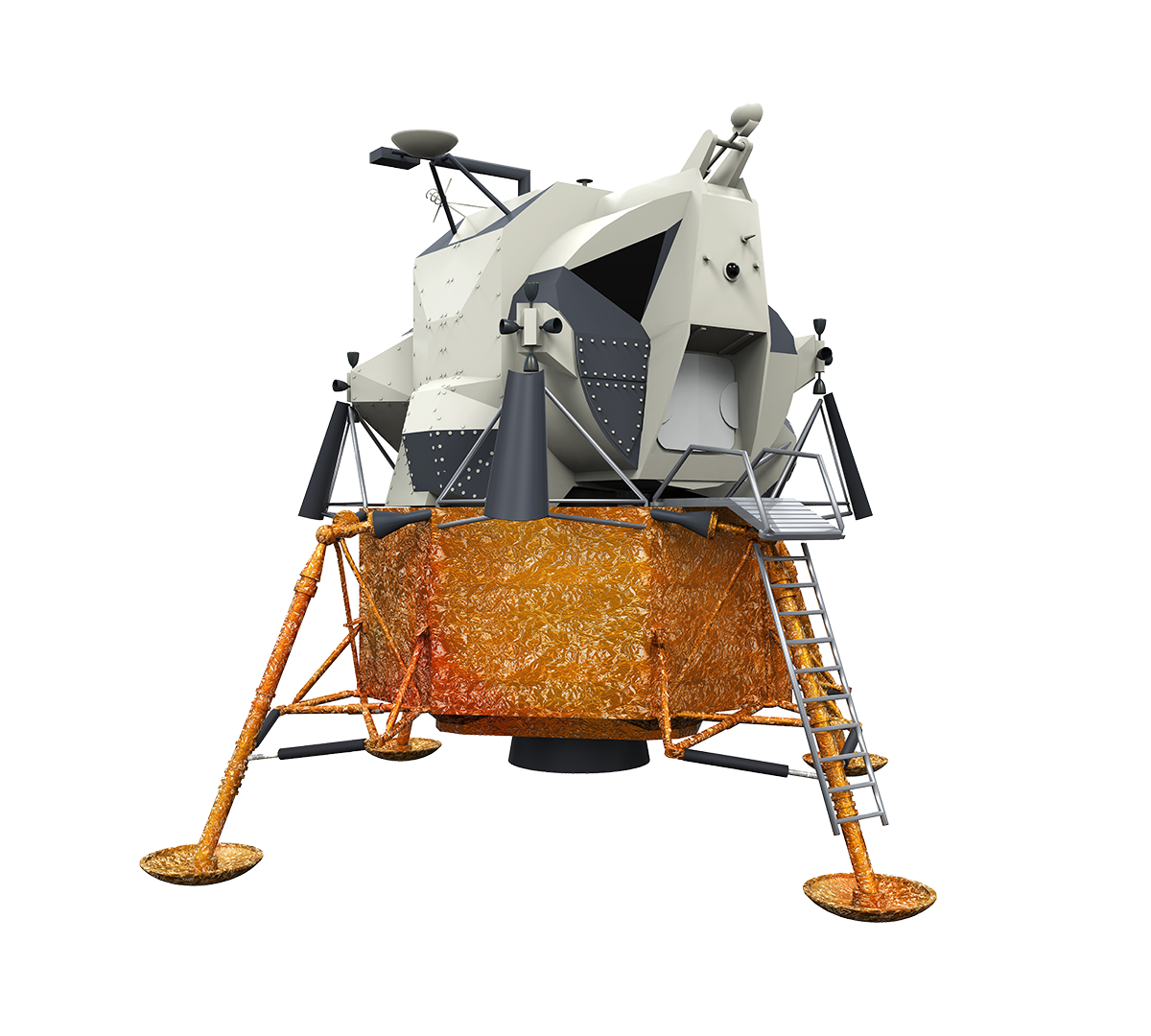My quarantine haze—infused with endless Google Meets classes, failed whipped coffee attempts, and a concerning screen time—was at an all-time high in May 2020. Nothing seemed to pass the time. My mom, after scrolling through social media for the past hour, told me about a rocket launch: SpaceX Crew Dragon Demo-2. Sure, I guess that’s cool? For all I knew, I didn’t understand the significance of it at the time. I wasn’t doing anything worthwhile, so I gave it a try and tuned in to the live broadcasts. Turns out, I missed the launch.
However, I tuned in again the next day for the docking—this time, over an hour ahead. I sat in the living room watching NASA TV’s live stream. Multiple perspectives flashed past the screen: from the ISS, from Crew Dragon, and from Mission Control. I sat in silence watching astronaut Chris Cassidy prepare for the hatch opening from the ISS side. I could see his brimming excitement and anticipation to welcome his new colleagues.
As the docking sequence finished, the ISS hatch opening entranced me. I felt an odd surge of unity as I watched astronauts Bob Behnken and Doug Hurley welcomed aboard with open arms. Pure human emotions emanated from astronauts and cosmonauts alike. That moment—witnessing space exploration’s profound impact on humanity—inspired and instigated my love for space.
Although I discovered my interest for space in the midst of the pandemic, I didn’t want to stop there. I desired to siege every possible opportunity to learn more and advance my exposure to the industry. With the internet by my side, I scoured for opportunities. Soon, I discovered Higher Orbits through social media. Higher Orbits seemed like the perfect opportunity to challenge me to think creatively, critically, and practically—skills necessary to thrive in STEM fields.
I was constantly eyeing the Higher Orbits webpage for a Go For Launch! event to open nearby. For two years, I’ve consistently visited their website (and was likely responsible for a majority of their web traffic). In May 2022, two years after the genesis of my space craze, I saw a scholarship opportunity open up for Go For Launch! KSCVC, just two hours north of my home. This opportunity could not have come at a more opportune time. My mother was an essential worker at a manufacturing plant, and my father lost his job at the beginning of the pandemic, so I never had the opportunity to visit Kennedy Space Center. I knew this could be the opportunity of a lifetime—I took a chance and applied.
A week later, I received the news that I was awarded the scholarship! I was teeming with joy because I knew this would open up new avenues and bring me one step closer to my dreams. The scholarship enabled my first Go For Launch!, my first visit to KSCVC, and my first chance to meet an astronaut (on top of many more memorable “firsts”).
Simultaneously, Go For Launch! KSCVC was both fun and a time for personal growth. Everyday consisted of activities that challenged us to think differently and step outside our comfort zones (but luckily, always for some space swag). However, what really transformed me was the process of researching experiment ideas with my teammates. Each day after the event, we returned to the hotel lobby to huddle in a corner booth and plan our the experiment. It wasn’t exactly a smooth-sailing process—there were many roadblocks. We had to search for ways to surmount them, often going back to the drawing board time and time again. Staying up until midnight to research was the ultimate team bonding experience—it involved lots of jokes, sudden bouts of laughter, and chocolate-covered potato chips (given to us by a SpaceX official after their launch party!). Admittedly, during the experiment brainstorming, we felt defeated having to return back to square one constantly, but growth is impossible without growing pains.
Through this experience, I left with strengthened research, communication, and problem-solving skills—but most importantly, resilience. I readily applied these skills to the Aerospace and Rocketry club I co-lead at my school. In the club, our workflow cycled through iterative rounds of designing, building, and testing model rockets to land egg “passengers” safely. Along our journey—from exploded rockets to faulty parachutes—we were no strangers to failure. Yet with each flight that fell through, working as a team, we bounced back to solve the problem and move forward. Despite failures along the way, we still strived for success and maintained an optimistic morale, working hard to exceed expectations year after year.
Go For Launch! KSCVC was a part of Higher Orbit’s BRPH series, so once our team’s idea (Investigating methanotrophic bacteria metabolism in microgravity for future methane recycling applications) progressed to the next round, we had to submit a written experiment proposal. In order to gain a comprehensive understanding about the methanotroph niche, we sifted through research papers to learn more about how they are cultivated and potential large-scale applications. I also reached out to postdoc and graduate students with questions, and they graciously dedicated their time to share their insight and speak with our team. We worked tireless nights to finish and submit the proposal.
The next round is a Q&A, where the judging panel submits questions based on the previous experiment proposal. Again, this was where our problem-solving came into the scene once more. As the judges posed questions about the practicality of various aspects of our experiment design, we had to think adaptably and outside-the-box. For instance, there were concerns from using liquid media in microgravity, so we researched how to maintain methanotrophs in a solid agar media (although less commonly used in Earth-based laboratories). Once we drafted up thorough responses to the questions and proofread one last time, we submitted it.
The difficult part was waiting. Anxiously, we had to await the results for the BRPH series. We knew it would be a tough decision; we put our all into the proposal and answers, and so did the other teams. It was fair game. However, during the Facebook livestream, I was overcome with a strange sense of tranquility. I knew we had put our best efforts into this, and that was all we could do. But I can’t lie—when Ms. Michelle said “Team Laika,” it was the best feeling in the world.
That meant our experiment would launch to the International Space Station sometime soon. It took time for that realization to sink in for me. Months later, we met with Ms. Michelle and the Space Tango team to discuss our experiment design and its scheduled flight—we found out that it will launch aboard SpaceX CRS-27 with three other Higher Orbits experiments! It didn’t feel real (quite frankly, surreal this entire time) until the night of the actual launch when I felt the rumble of the Falcon 9, saw the afterimage of the bright plume. The SpaceX CRS-27 launch was the most exquisite launch I’ve ever seen.
I hate to admit it, but I shed a tear, or two.
I am endlessly grateful for the doors Higher Orbits has opened for me, and many students like me. Without their unceasing support, I would not be the student, lifelong learner, and aspiring scientist I am today.




